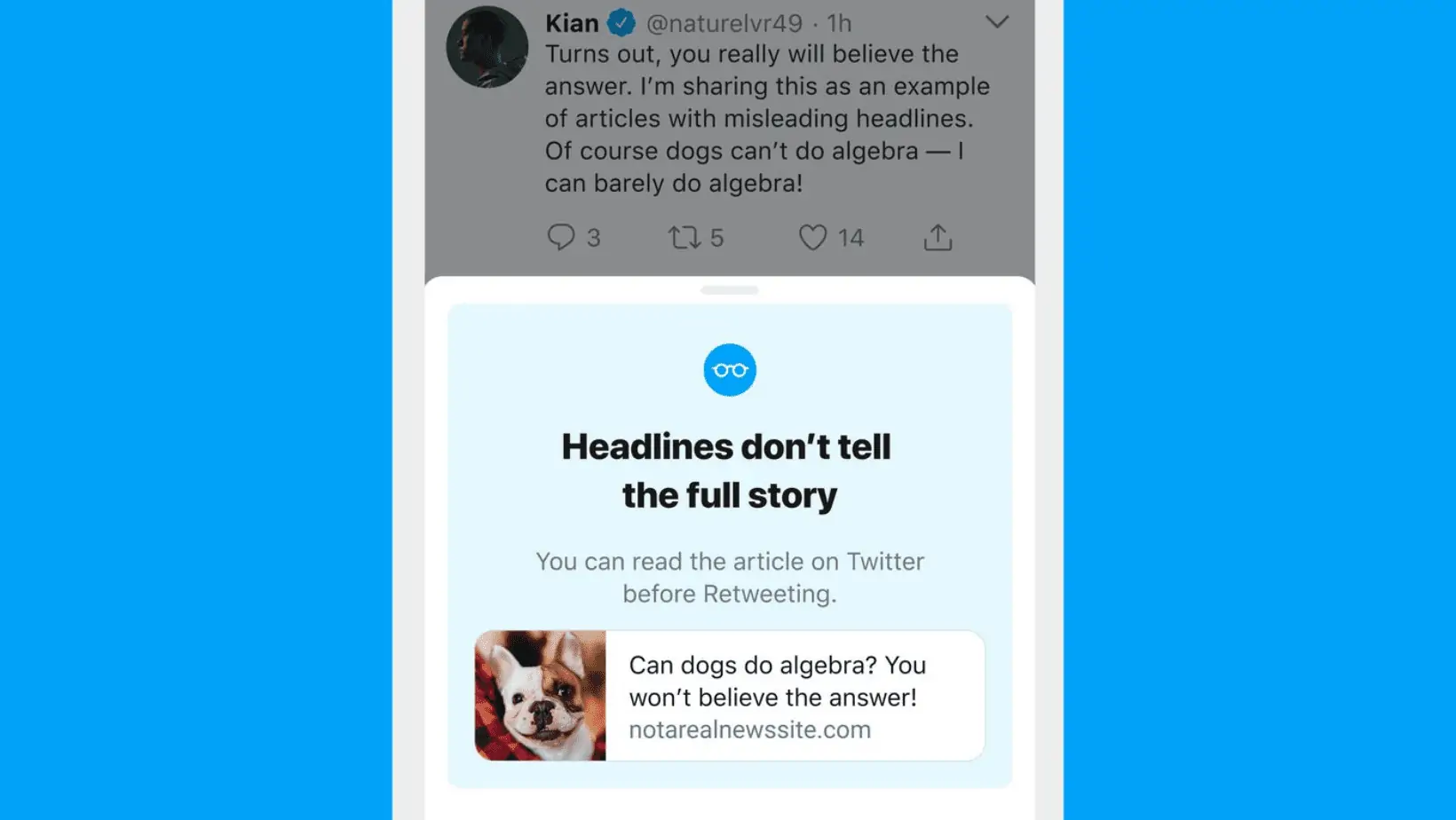
In a groundbreaking development, Twitter’s CEO, Elon Musk, has unveiled plans for a revolutionary new feature called “Articles” that is set to transform the way users interact and share content on the popular social media platform. This new offering will enable users to publish extensive, in-depth articles with mixed media, propelling Twitter beyond its traditional microblogging origins and into a new era of content creation.
The announcement came in response to a tweet from a curious user inquiring about an upcoming tool, previously known as “Notes.” Elon Musk clarified that the renamed “Articles” feature would allow users to craft long and intricate posts, akin to publishing a book on the platform. This innovative addition opens up a myriad of opportunities for users to share their thoughts, insights, and stories without the constraints of Twitter’s traditional character limits.
| Table: Key Features of Twitter’s “Articles” Feature |
|---|
| Feature | Description |
|---|---|
| Long-Form Content | Users can write and publish articles with extensive character limits and multimedia support. |
| Mixed Media | “Articles” will allow the inclusion of various media types, such as images, videos, and links. |
| Diversified Expression | Twitter aims to broaden user expression by offering a more comprehensive content platform. |
| Creator-Focused | The move aligns with Twitter’s efforts to attract and retain content creators on the platform. |
Twitter has already made strides in accommodating longer content through its Twitter Blue subscription service, granting subscribers the ability to post tweets with up to 10,000 characters. This offering significantly surpasses the standard 280-character limit enforced for non-Blue users, indicating Twitter’s growing commitment to expanding the platform’s creative possibilities.
The advent of “Articles” further cements Twitter’s dedication to embracing content creators and fostering a vibrant creator ecosystem. The platform’s decision to share ad revenue with Twitter Blue subscribers is an additional step aimed at incentivizing content creators to remain loyal to Twitter, rather than exploring alternative platforms such as Meta’s Threads or Substack.
| Table: Twitter Blue vs. Regular Twitter |
|---|
| Features | Twitter Blue Subscribers | Regular Twitter Users |
|---|---|---|
| Character Limit for Tweets | Up to 10,000 | 280 |
| Inclusion of Mixed Media | Yes | Yes |
| Ad Revenue Sharing | Yes | No |
The long-form content space has seen growing interest and competition, particularly with Substack’s “Notes” feature, which garnered attention before being renamed. By opting for the name “Articles,” Twitter intends to set its offering apart and carve its niche in the market.
As with many of Twitter’s feature launches, Elon Musk refrained from providing a specific release date for “Articles.” Twitter has a history of surprising users with unexpected updates, and it’s likely that the “Articles” feature will materialize suddenly, without much forewarning.
The introduction of the “Articles” feature is expected to be met with excitement from users, especially content creators, who have long yearned for more substantial means of expression. This move by Twitter aligns with the growing trend of long-form content across various digital platforms, allowing users to delve deeper into topics and connect with their audiences on a more profound level.
This website uses cookies.